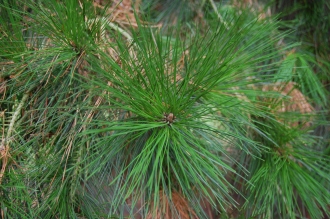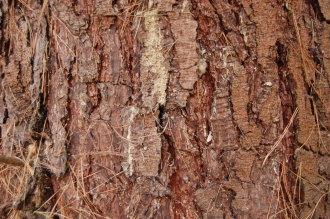Position: Full sun
Flowering period: Early spring
Soil: Moist, well drained
Eventual Height: 30m
Eventual Spread: 10m
Hardiness: 9b, 10a, 10b, 11, 12, 13
Family: Arecaceae
Phoenix dactylifera is an evergreen palm tree. Its mid green leaves are up to 8m long, pinnate with up to 150 leaflets with spines on its petioles. Its leaflets are up to 30cm long and 2cm broad. Its trunk mat achieve a diameter of up to 30cm. Its bark is light grey/ brown with leaf bases persisting. Its dioecious yellow flowers are small, are produced on an inflorescence which is up to 1.2m long and are wind pollinated. Its red / brown fruit is a drupe, up to 7cm long 3cm in diameter and is commonly known as the date.
Phoenix dactylifera, commonly known as the Date Palm, is likely to be native to Iraq. Phoenix dactylifera has been in cultivation for around 8,000 years for its sweet fruit.
The etymological root of the binomial name Phoenix is the old Greek name for this Palm, used by Theophrastus. Dactylifera is derived from the Greek dáktulos meaning ‘finger’ (in reference to the shape of the fruit) and foros ‘to bear’.
The landscape architect may find Phoenix dactylifera useful as a specimen tree, it looks particularly attractive when planted as an avenue. This tree requires low atmospheric humidity and an adequate supply of water to its roots.
Ecologically, Phoenix dactylifera fruit are attractive to birds and mammals.
Phoenix dactylifera prefers moist, well-drained soils. It tolerates most pH of soil.
Phoenix dactylifera requires little maintenance.










